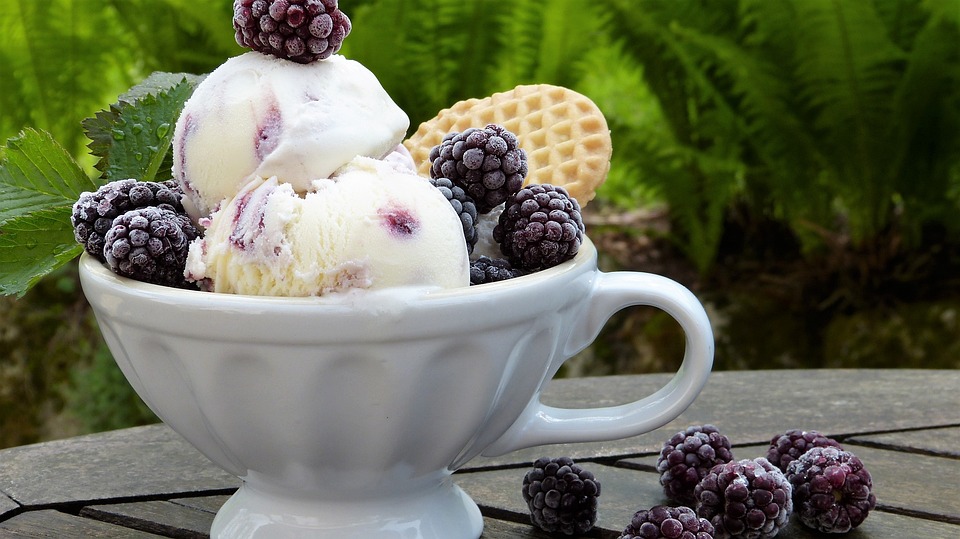
Wisdom tooth extraction after care diet
Having wisdom teeth removed is painful enough, but eating after wisdom teeth extraction can sometimes be worse than the procedure itself. Your dentist will likely tell you to stick to soft foods and liquids for the first 24 hours after the extraction. Discovering safe foods will help speed up the healing process and reduce post-dislocation pain.
For most people, cold fluids help reduce swelling and pain. Try to avoid sugary or highly acidic drinks, as they can irritate the raw pulp at and around the extraction site. Milkshakes, cold tea, and sugar-free slushies are all good cold drink options.
Lukewarm drinks may also reduce pain, especially for those with sensitive teeth. Warm coffee, tea, and clear soups soothe nerve pain that may worsen after a dislocation. Avoid very hot drinks, which can make the pain worse.
Safe foods include mashed potatoes, soft soups and stews, cooked fruit, baked fish and pasta dishes that do not require a lot of chewing. Scrambled eggs, omelets, and boiled eggs are safe breakfast options. Oatmeal, cooked cereal, and bananas are also safe breakfast options.
Creamy soups, noodle soups, and bland stews are good lunch and dinner options. Canned beef broth is usually safe, but it may need to be cooked to soften the meat rather than just heated. Avoid soups and stews that contain rice, large chunks of condiments, chewy cereals, and dumplings. Although dumplings are technically a soft food, they can compress into a hard, sticky ball as you chew.
Other safe foods include applesauce, ice cream, ice, gelatin desserts, sugar-free puddings, and lean chicken, lamb, and pork. Any food that you can swallow without chewing is safe after a tooth extraction. Just be sure to take very small bites to reduce the risk of choking.
What you do after eating is just as important as what you eat after wisdom teeth removal. Your dentist will give you instructions about caring for your teeth after an extraction. You will likely be asked to use a light salt water rinse for the first twelve hours after your appointment. After that, you can use a gentle mouthwash as recommended by your dentist. Brush your teeth gently for the first few days, avoiding brushing the extraction site. Proper oral hygiene after tooth extraction helps prevent gingivitis and other oral infections. Redness, swelling, fever, and excessive pain may be signs of infection, so report these symptoms to your dentist immediately to avoid complications.